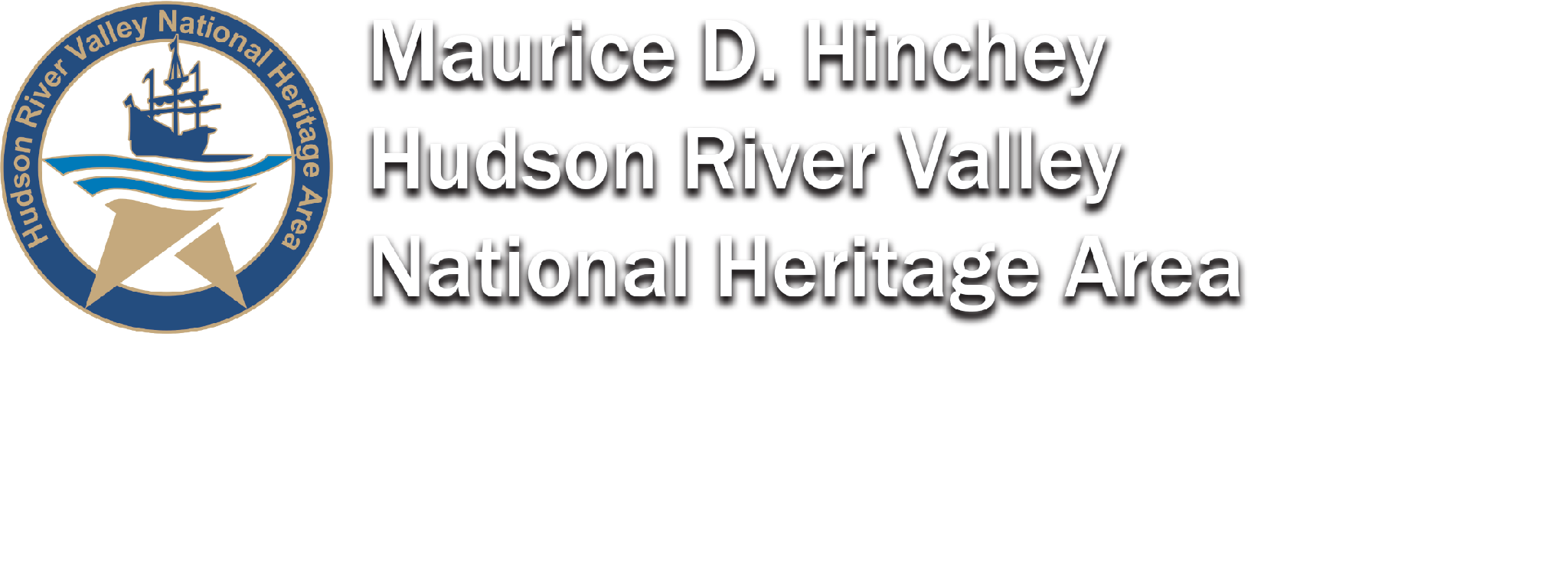Themes of the Hudson River Valley National Heritage Area
Freedom and Dignity
The Hudson Valley was home to many Native Peoples prior to European contact. While much has been lost to history, there are significant archeological sites in the Hudson Valley. The interactions between Native Peoples and Europeans are interpreted at the New York State Museum, Historic Huguenot Street, and Crailo State Historic Site.
Historic sites along the Hudson River tell the stories of the people and events across three centuries of our nation’s struggle for liberty, dignity, equality, and basic human rights. The battles of the Revolutionary War are the most famous and celebrated events in the history of the valley. The Hudson’s distinctive natural features made it of great strategic importance. Americans retained control of the area as the British twice tried to capture control. A trail of Sites—Washington’s Headquarters in Newburgh, Stony Point Battlefield, Kingston, Fort Montgomery and Fort Clinton, and West Point—reveal the history of the people and places of the Revolutionary War.
A century later, the valley played an important role in African Americans’ pursuit of freedom. While traveling the Underground Railroad, escaped slaves made their way to McGregory Brook in Peekskill. In Troy, Harriet Tubman belonged to the local African Methodist Episcopal Zion Church, while the African-American abolitionist Henry Highland Garnet led the Liberty Street Presbyterian Church. In Albany, the home of Stephen and Harriet Myers and their four children in the mid-1850s was also the office and meeting place of the Vigilance Committee, and was the place to which over 50 Freedom Seekers were directed to request assistance.
Franklin D. Roosevelt provided the nation with leadership in times of crises and left a presidential legacy rarely matched. Springwood, Val-Kill, and Top Cottage, Franklin and Eleanor Roosevelt’s homes in Hyde Park, and the Presidential Library collectively and individually are some of the most heavily visited sites in the valley. Eleanor Roosevelt, arguably the most influential First Lady in our history, continued to promote humanitarian causes from Val-Kil for nearly two decades after her husband’s death.
Nature and Culture
America’s vision of itself as a unique country is rooted in the Hudson River Valley. The wild mountains and forests were in sharp contrast to the tamed European countryside. The paintings of Samuel Morse (1791–1872), Thomas Doherty (1793 –1856), Asher Durand (1796 –1886), Thomas Cole (1801–1848), Jasper Cropsey (1823 –1900), Frederic Church (1826–1900), and Albert Bierstadt (1830 –1900), as well as the writings of Washington Irving (1783 –1859) documented and shaped American attitudes toward nature. Their portrayals of people living in harmony with nature, a view also reflected in the valley’s legends and folklore, helped mold a national identity and American aesthetic ideal. Architecture and landscape design reflected this vision, and it is still visible today in the gardens, barns, Victorian era homes, and the great estates such as Staatsburgh and Vanderbilt.
Inspired by his valley roots, Theodore Roosevelt’s interest in nature and the environment was life long. As governor, he won approval of environmental reforms that preserved the Palisades against development and protected the state’s waterways from pollution. As president, he helped launch the conservation movement by expanding the nation’s publicly held lands and forests and was instrumental in the creation of the National Park Service. Hudson River Valley citizens gave birth to the modern environmental movement with the preservation of Storm King Mountain, the enactment of the New York State Environmental Quality Review Act, and the formation of prominent environmental organizations such as Scenic Hudson, Clearwater and Riverkeeper.
Corridor of Commerce
New York State’s history as a commercial center for the nation grew out of the abundance of the Hudson River Valley’s natural resources, agriculture, and trade routes. Over the past four centuries, the river has offered economic opportunities to indigenous and immigrant groups; Native Americans, Italians, Irish, Germans, Huguenots, English, Dutch, and African Americans have all contributed to the heritage of the valley.
The Hudson River offers a deep navigation channel to Albany and the Erie Canal. This famous canal, opened in 1825, extended trade routes into Canada and the western interior, and enabled New York State to become preeminent in commerce and shipping. From the earliest colonial era, the valley supported the production and trade of furs; coal and iron products at the Copake Iron Works and the Burden Iron Works; cement, bricks, and quarried stone; farm products; and locally manufactured textiles, including the collar and cuff industry in Troy. Brickmaking was a prominent industry in the Hudson River Valley; clay was abundant throughout the valley, and the D & H Canal provided an inexpensive passage for barges with the coal needed for fuel.

